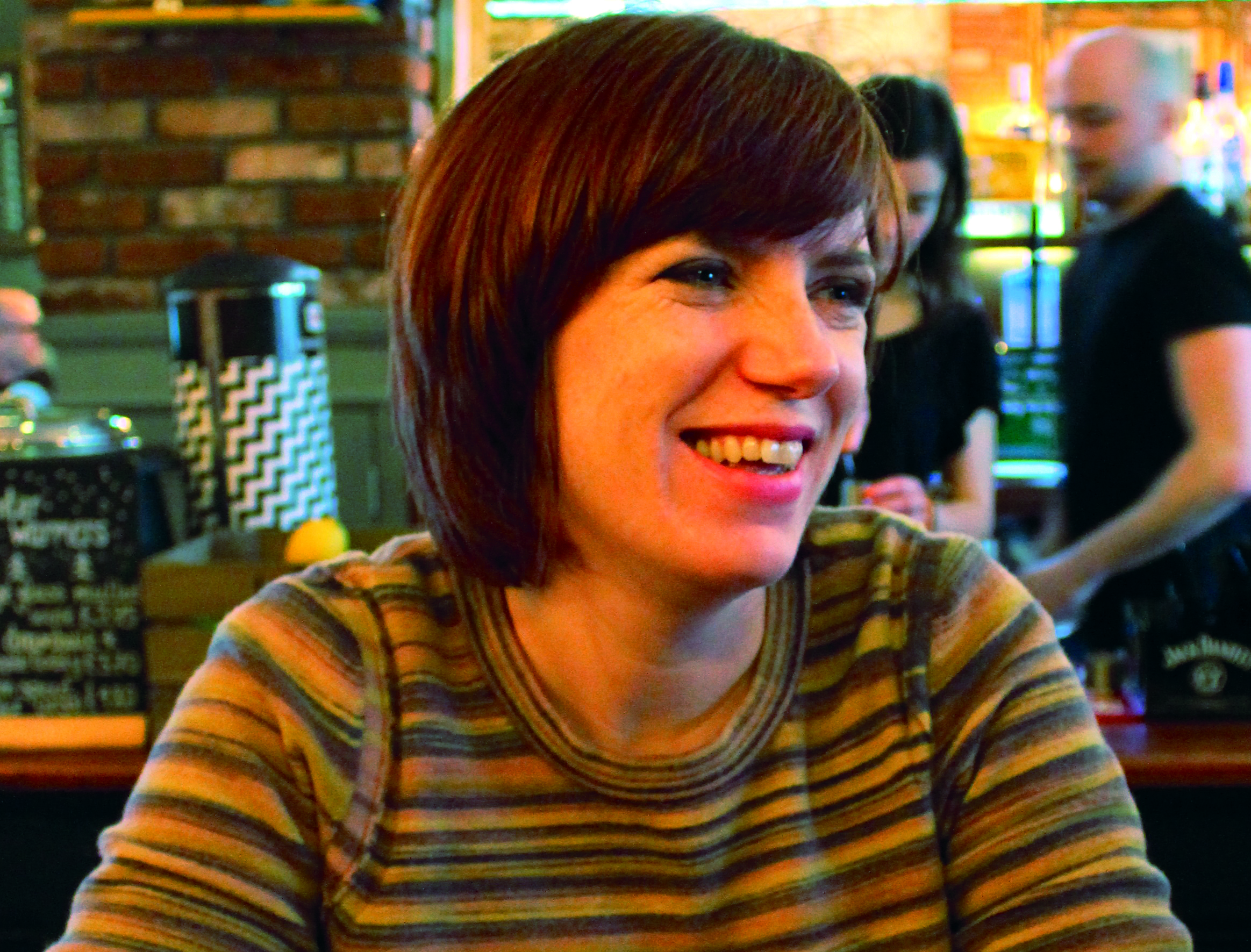Susan Smith considers whether dramatic increases in public giving will be able to plug the hole left by public funding cuts to charities
Scotland’s third sector has been talking and worrying about cuts since recession hit in 2008 and the 2010 General Election saw the Tory-Lib Dem coalition come into power with the promise of austerity.
The Scottish Council for Voluntary Organisation (SCVO) research into the income of the third sector shows that those fears were well founded with the sector experiencing an 18% cut in income in real terms in the period 2010 to 2013.
Right-wing politicians and commentators will argue that charities, like other parts of the economy, have had to become more efficient. They’ve had to look at how they do business and tighten the purse strings. Champions of the community and voluntary sector have, however, argued that most already existed on a shoe-string of less than £25,000 a year, so stretching it wasn’t an option.
Cap in hand, the third sector has turned to its community to plug the gap in funding. And the public has stepped up to an astonishing level.
It turns out that these cuts haven’t impacted on the income of the sector as a whole, which has gone up by 6%. While this may sound like a victory, it hides the reality of rising demand for charitable services and tough, hard change for the third sector and the people it supports.
Cap in hand, the third sector has turned to its community to plug the gap in funding. And the public has stepped up to an astonishing level. SCVO’s figures suggest that the public gave over £100 million a year more in 2010 than in 2007 – that’s an extra £20 a head.
People respond well to a plea for help in a crisis. Neighbour has agreed to help neighbour and something of the Big Society that Cameron heralded in his first few days in power has become a reality.
But how far does this go? As the state backs off from offering support to society’s vulnerable and the media vilifies those who require support, can we or should we rely on the good will of the public?
Charity existed long before the welfare state, but it took the welfare state to help Britain recover from the 20th century’s major social and economic crisis.
Susan Smith is editor of Third Force News






